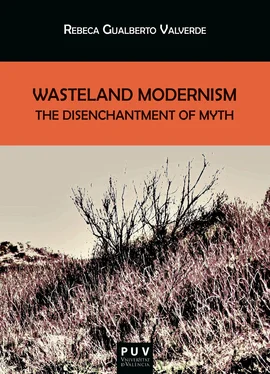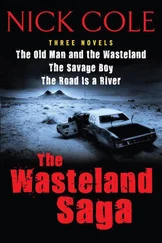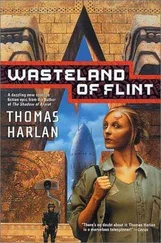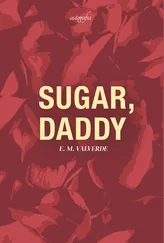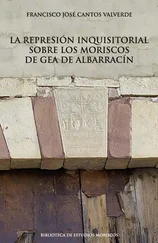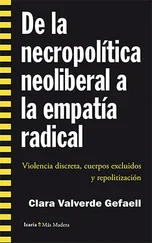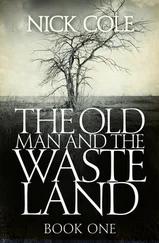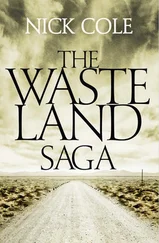The first chapter reassesses T. S. Eliot’s The Waste Land , clearly the foundational text of wasteland modernism. The aim is to revise, from a myth-critical standpoint, the themes of resurrection and regeneration in the text to elucidate why the restorative ending of the myth of the Waste Land is now construed as an act of cruelty. The chapter explores how modernism manipulates mythopoeia’s principles to replace the eternal recurrence of mythical cosmogony with a literary artefact that rewrites and reshapes myth to convenience to represent the chaos and horror of contemporary reality. Eternal recurrence becomes corrupt when the awakening of a new life cycle only entails an ongoing resurgence of death, sickness, and despair.
Such are also the conditions of life in John Dos Passos’s Manhattan Transfer , examined in the second chapter of this book. In Dos Passos’s text, Manhattan is a contemporary Waste Land, a mythical landscape of frustration and mechanization that operates symbolically, extending a somehow realist representation of life in the modern city to portray the broader forces of alienation and dehumanization that characterize the post-war zeitgeist. In Manhattan, the citizens are trapped, sick, inanimate, dismembered by the modern megalopolis machine, but the mythical dimension of the novel presents a modern Waste Land from which there is no outside, no salvation. The socio-political order of traditional mythology has no place in a city that works as the emblem of hopelessness, of a time and place when individuals cannot ever restore back to life a community for whom the only chance for survival is their loss of humanity.
The third chapter of the study also looks towards New York City, as it revisits F. Scott Fitzgerald’s classic, The Great Gatsby . In particular, the analysis presented probes the mythical artifacts of the novel to reveal how the mythological tradition of the Waste Land imbricates with the foundational mythology of the United States in a text that turns myth upside down. The ruling principles of traditional mythography provide order and meaning as they are bound to, but the new order is unexpected, and the meaning has been drastically changed. Such is the inevitable consequence of the superimposition of pre-modern myth and American mythopoeia. As will be examined, it results in the configuration of a sort of antiromance that tells the story of a mythical land of plenty that has now become a Waste Land with no hopes of restoration. But as it happened with London in The Waste Land , Manhattan in Manhattan Transfer , and the whole of America in The Great Gatsby , the sense of place in these texts is expansive, not reductive. The Waste Land is not a place, but the spirit of the times.
This is the reason why the Waste Land accompanies the expatriate protagonists of Hemingway’s The Sun Also Rises in their voluntary exile, as is explored in the fourth chapter of this study. The novel’s characters are all sick, bored, anguished as they drift from one wasteland to another, somehow gravitating around the novel’s Fisher-King figure, Jake Barnes. There is no hope for salvation for any of them, no primitive ritual that can restore their health. There is only a shape of temporary comfort, whether sensual or aesthetic, that can do nothing to appease the overwhelming frustration that emanates from the very conditions of life in the Waste Land. The Waste Land is not Spain, is not Paris, is not America or Europe. It is life after the war, enduring the absence of what the war took away: the meaning, the purpose, and the hopes of an entire form of civilization.
These are the wasteland novels that chronicled the decade after the war, “the Waste Land years of the 1920’s” (French 170). They use myth to provide order, to construct meaning, but, in their task to rewrite myth, they open it up for dissection, they pull it apart, they offer the chance for dismantlement. John Steinbeck inherits the paradigm and begins to transform it in To a God Unknown , analyzed in chapter five. Steinbeck’s novel receives the tradition of revising myth and takes it one step further. The presentation of myth becomes ambivalent, the meaning, fluid, and malleable. The result is the refutation of mythical meaning itself executed through a straightforward representation that confounds life and death, sickness and health, rebirth and condemnation.
The continuum of meaning with the nineteen-twenties’ novels is clear, but the texture of myth is more elastic, more translucent, and less durable. In light of this study, this is the ultimate expression of the post-war mentality: the loss of solid, reliable meanings attached to the stories that used to shape up the world. Perhaps, the clearest example of this phenomenon is Djuna Barnes’s Nightwood (1937), which is discussed in the last chapter of this book. Barnes’s novel inspects the wounds, bursts outs despair, and in a way offers a possibility of closure for the modernist manipulation of myth. That closure is not redemption. It is not the restitution of the old world. It is not the establishment of a new order. It is the end of the mourning of myth. It is the recognition and acceptance of the limitations of a dominant narrative to provide one monolithic meaning that can explain and justify a hierarchy of values and a set of social structures that led the world into, in the words of Henry James, an “abyss of blood and darkness” (qt. in Fussell 8).
1 Calinescu writes that during the nineteenth century a split occurred between modernity as stage in history and modernity as an aesthetic concept (41). Historical modernity, dating from the early Renaissance, is best characterized by “the doctrine of progress, the confidence in the beneficial possibilities of science and technology (…), the cult of reason, and the ideal of freedom defined within the framework of an abstract humanism, but also the orientation toward pragmatism and the cult of action and success” (41). “Cultural modernity” is however defined by its “consuming negative passion” (42) and its disgust for the middle-class values celebrated in the modern age. Ramply locates this stage in the history of ideas in the philosophy of nineteenth-century thinkers such as Marx,
Simmel, Webber, Baudelaire, or Nietzsche, for whom this was “a decisive moment in the history of western culture, when its values are revealed to be hollow illusions and thereby lose all legitimacy” (Rampley 2).
2 The use of the term ‘Waste Land’ myth rather ‘Grail myth’ or ‘Fisher King myth’ throughout this study is explained later in this introduction. In order to clarify the matter of capitalization however, it should be noted that the form ‘Waste Land’ will be capitalized when used to refer either to the myth itself, or to the constituent mytheme, as it will be also the case with other mythemes such as Grail, Knight, or even occasionally Quest. The forms ‘waste land’ and ‘wasteland’ will be used indifferently to refer to literal wasted lands depicted in the texts examined along this study. Of course, no capitalization will be used either if discussing specific representations of knights, grails or quests in the analysed texts.
3 Some relevant studies in this line of criticism are Lupack and Lupack’s King Arthur in America (1999), Olderman’s Beyond The Waste Land. The American Novel in the Nineteen-Sixties (1972). References to the ‘wasteland literature’ of American modernism also appear in the classic writings of Kermode (1987) and French (1975).
4 Goetnick has carefully traced the many theories of origin for the myth of the Grail: ancient fertility cults, Christian rituals, Jewish rituals, Celtic mythology, Arabian tales and Indo-European legends. He has come to the conclusion that, in new of the numerous authors and the volume of material, it is only possible to indicate currents and provide bibliography for the different theories (119). The theory of origin summarized in this study is the dominant version argued by scholars such as Loomis (1992) and Carey (2007).
Читать дальше
